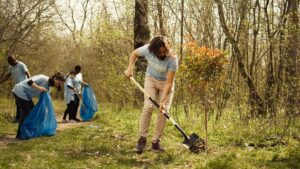Travel Blogs
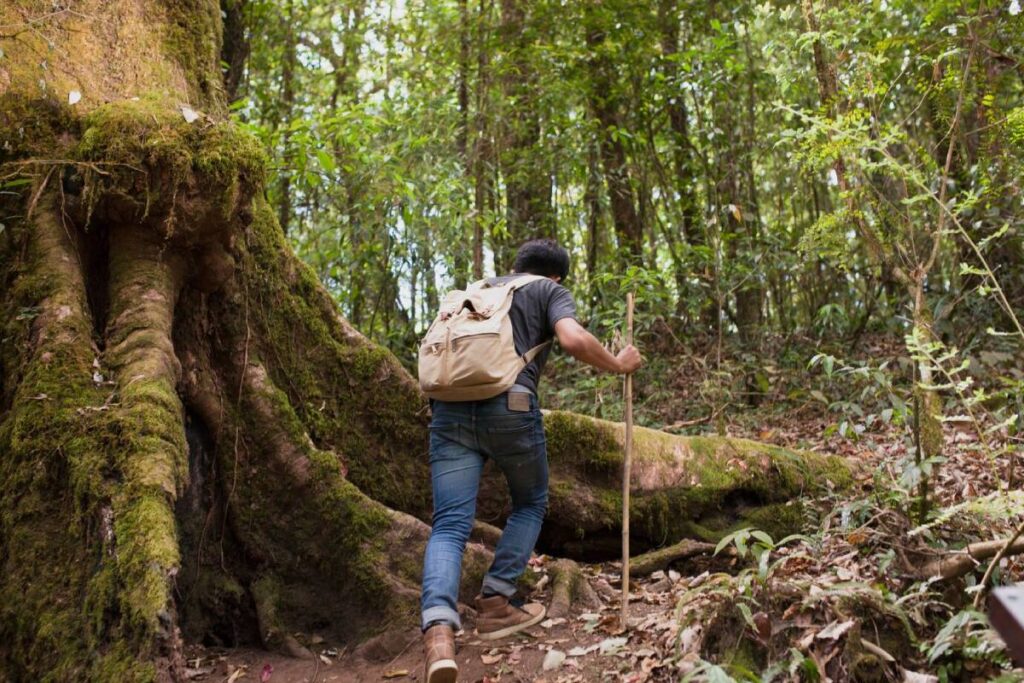
Eco-Friendly Hiking: Leave No Trace Principles
Hiking is one of the most rewarding ways to experience nature. It’s simple, peaceful, and often breathtaking. But even the smallest hike can leave a mark if it’s not done thoughtfully.
Sustainable hiking is not just about reaching the summit. It’s about how you travel through wild places and what you leave behind. The goal is simple: enjoy nature without harming it.
The Leave No Trace principles offer clear steps for eco-friendly trekking. They help protect trails, forests, mountains, and wildlife. No matter if you’re going for a quick walk or a long hike, these rules help keep nature wild for everyone, including future generations.
This guide breaks down each principle with practical advice. It’s all about hiking smarter, cleaner, and more respectfully.
What Does “Leave No Trace” Mean?
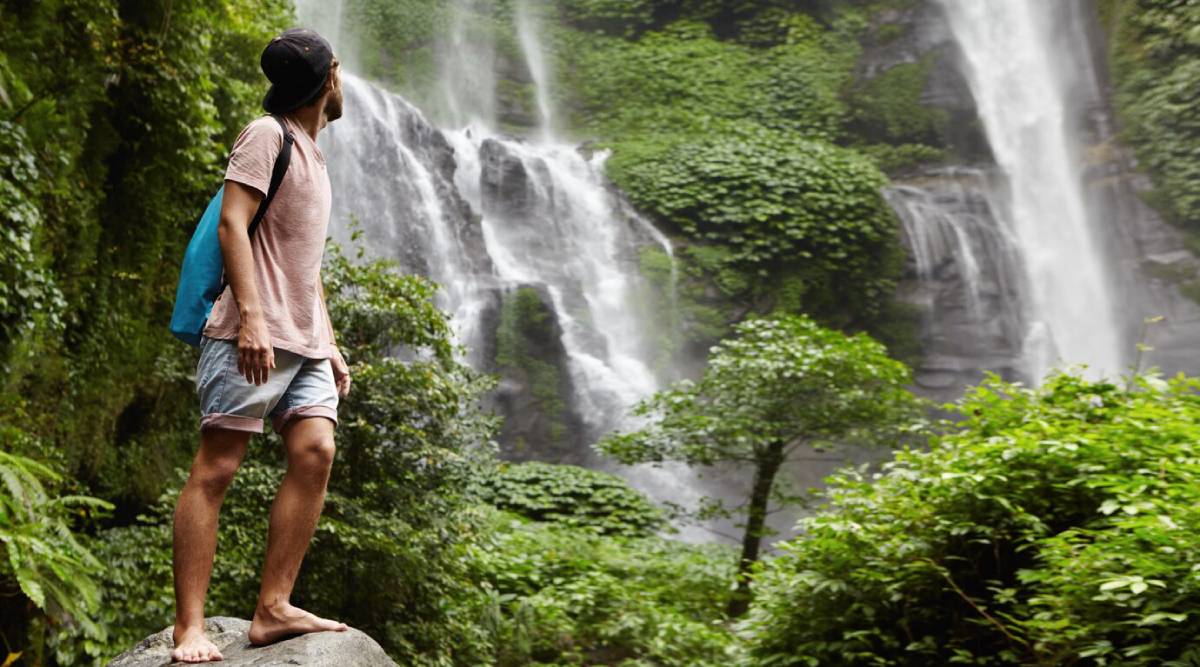
“Leave No Trace” is a set of outdoor ethics that guide responsible travel in nature. These seven principles are used around the world to reduce human impact on natural areas.
The core idea is this: take only memories, leave only footprints — and even those lightly.
Following these principles helps preserve natural beauty, wildlife, and ecosystems. It also creates better experiences for everyone who shares the trail.
Principle 1: Plan Ahead and Prepare
Preparation is the first step towards sustainable hiking. It helps reduce risk, waste, and unexpected problems.
Why It Matters:
- Fewer surprises mean less harm to nature
- Proper planning avoids the need to make damaging shortcuts
- You carry only what you need and avoid overpacking
How to Do It:
- Check the weather and trail conditions
- Learn about local rules and protected areas
- Bring reusable items instead of single-use packaging
- Carry a map — don’t rely only on your phone
- Pack food in washable containers or beeswax wraps
- Use a refillable water bottle and filter if needed
Good planning also means avoiding peak times to reduce crowding.
Principle 2: Travel and Camp on Durable Surfaces
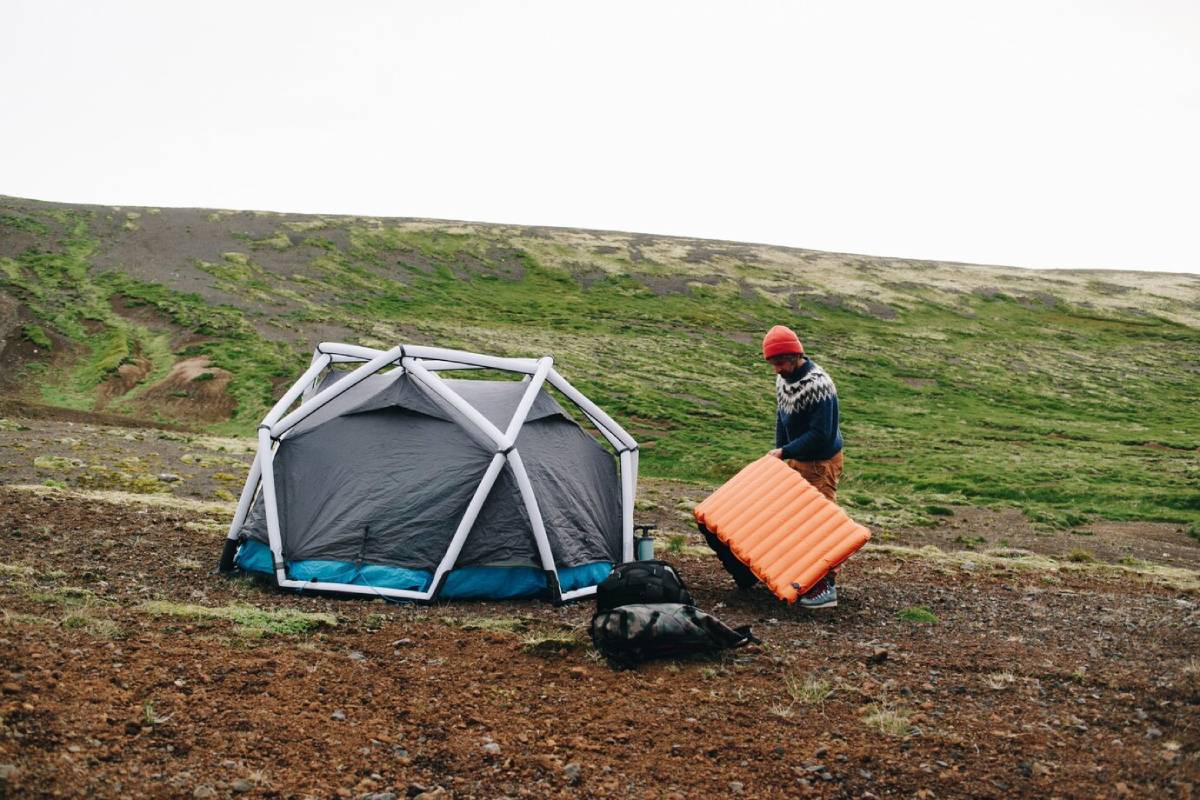
Not all ground is safe to walk on. Trampling fragile plants, moss, or soil can cause long-lasting damage.
Why It Matters:
- Plants and roots can take years to recover
- Soil erosion harms rivers and wildlife habitats
- Staying on the path keeps nature undisturbed
How to Do It:
- Stick to marked trails and avoid cutting corners
- Camp at least 60 metres away from lakes or rivers
- Choose existing campsites where possible
- Walk single file to avoid widening paths
- Don’t create new trails, even if the old one is muddy
Your footsteps matter. Every step should be chosen with care.
Principle 3: Dispose of Waste Properly
Leaving rubbish in nature is one of the fastest ways to damage an ecosystem. Animals can eat it. Water can carry it. Other hikers will see it.
Why It Matters:
- Food waste attracts wildlife and changes natural behaviour
- Litter can take years to break down
- Human waste pollutes water sources
How to Do It:
- Pack out everything — even food scraps
- Use a sealable rubbish bag and take it home
- If there’s no toilet, bury human waste 15–20 cm deep and far from water
- Use biodegradable soap 60 metres away from lakes or streams
- Carry a trowel and toilet paper if wild camping
Leave each site cleaner than you found it.
Principle 4: Leave What You Find
It can be tempting to pick a flower, take a rock, or carve your name into a tree. But each item plays a role in its environment.
Why It Matters:
- Plants and rocks are homes for insects and animals
- Removing things damages natural beauty and balance
- Historic or cultural items deserve respect
How to Do It:
- Take photos, not souvenirs
- Leave rocks, shells, and artefacts where they belong
- Don’t build structures or alter the landscape
- Avoid introducing foreign plants or seeds from your gear
- Brush mud off your shoes to avoid spreading invasive species
Nature’s value is in its natural state. Let others enjoy it as you did.
Principle 5: Minimise Campfire Impact
Campfires can be charming, but they can also be destructive. Fire scars, burnt branches, and ash can damage the ground and spread quickly in dry seasons.
Why It Matters:
- Fires contribute to deforestation and soil damage
- Wildfires often start from unattended flames
- Burned ground can take decades to recover
How to Do It:
- Use a camping stove instead of building a fire
- If fires are allowed, use established fire rings
- Keep fires small and burn only dead wood
- Put out fires fully — until cold to the touch
- Never leave a fire unattended
If a fire isn’t needed, skip it. Silence and stars are just as warm.
Principle 6: Respect Wildlife
Seeing animals is often a highlight of any hike. But they are not there for entertainment. Respecting wildlife means keeping your distance and avoiding disruption.
Why It Matters:
- Feeding animals changes their behaviour
- Getting too close causes stress or danger
- Loud noise and sudden movement can scare wildlife
How to Do It:
- Observe from a distance using binoculars
- Never feed animals, even birds or squirrels
- Store food securely to avoid attracting animals
- Keep pets leashed or leave them at home
- Move slowly and stay quiet in wild areas
Remember: you’re the guest in their home.
Principle 7: Be Considerate of Others
You share the trail with other hikers. Your actions affect their experience too.
Why It Matters:
- Respect makes nature more enjoyable for all
- Loud music, blocking paths, or careless behaviour spoil the mood
- Everyone deserves peace, safety, and space
How to Do It:
- Yield to uphill hikers
- Step aside for faster walkers
- Keep noise low — use headphones instead of speakers
- Greet others with a smile or simple hello
- Leave space at viewpoints and rest areas
Kindness and patience go a long way outdoors.
Simple Tips for Eco-Friendly Trekking
If you’re new to responsible outdoor travel, start with a few easy habits:
- Bring your own cutlery, cup, and napkin
- Avoid packaged snacks — go for homemade trail mix
- Use mineral sunscreen that’s safe for water and wildlife
- Choose gear made from recycled or natural materials
- Leave no food behind, not even fruit peels
Every hike is a chance to do better.
The Bigger Picture: Protecting Trails for the Future
Nature gives a lot — beauty, calm, fresh air. Hiking gives access to this gift. But it also comes with duty.
Eco-friendly trekking keeps trails safe, clean, and open for future generations. It also shows respect for land, wildlife, and local communities.
By following Leave No Trace principles, you become part of a global effort to protect the wild places we all love. The more people hike with care, the more these places will thrive.
Hike With Respect, Leave With Purpose
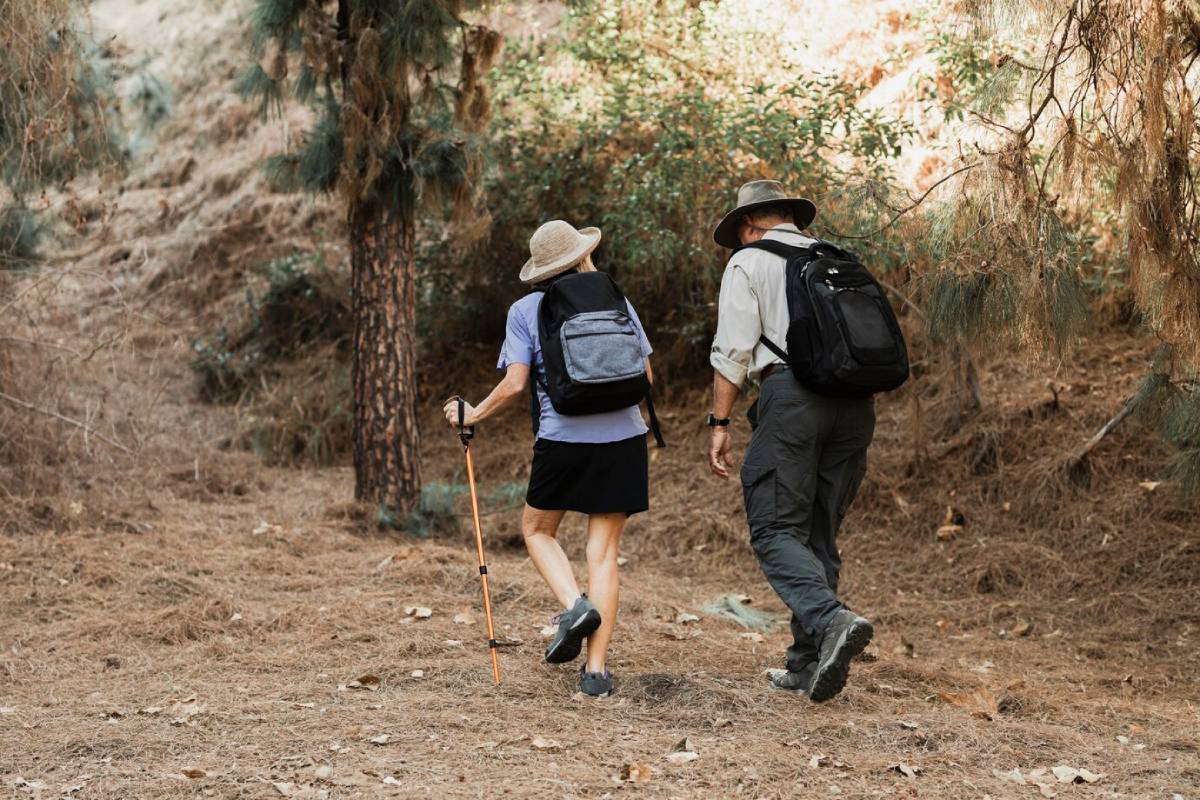
Hiking is more than just a walk. It’s a way to connect with nature, recharge your spirit, and explore the world.
But with that gift comes responsibility. Following the Leave No Trace principles helps keep nature wild, clean, and full of wonder.
As a hiker, your choices matter. How you pack, how you walk, and how you treat the land all shape the future of the outdoors.




